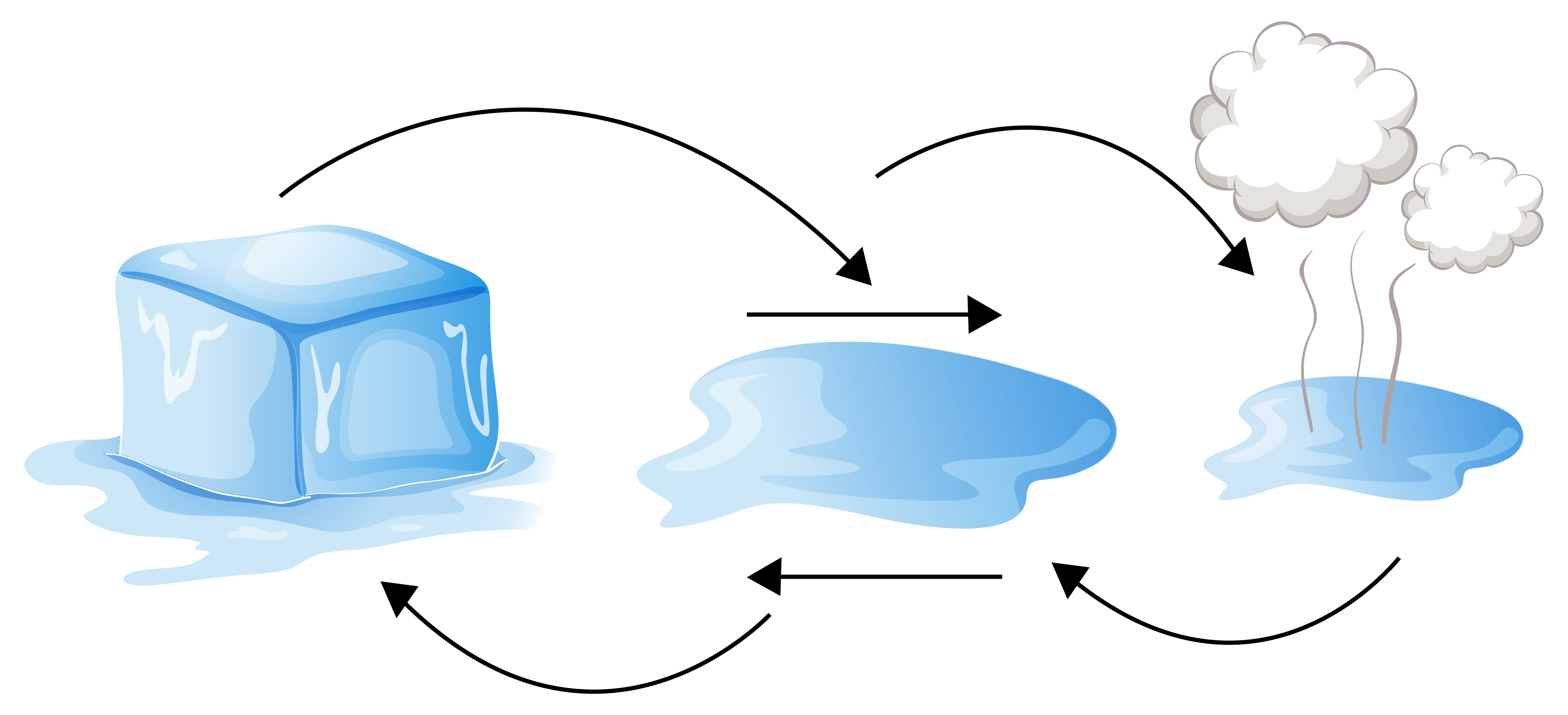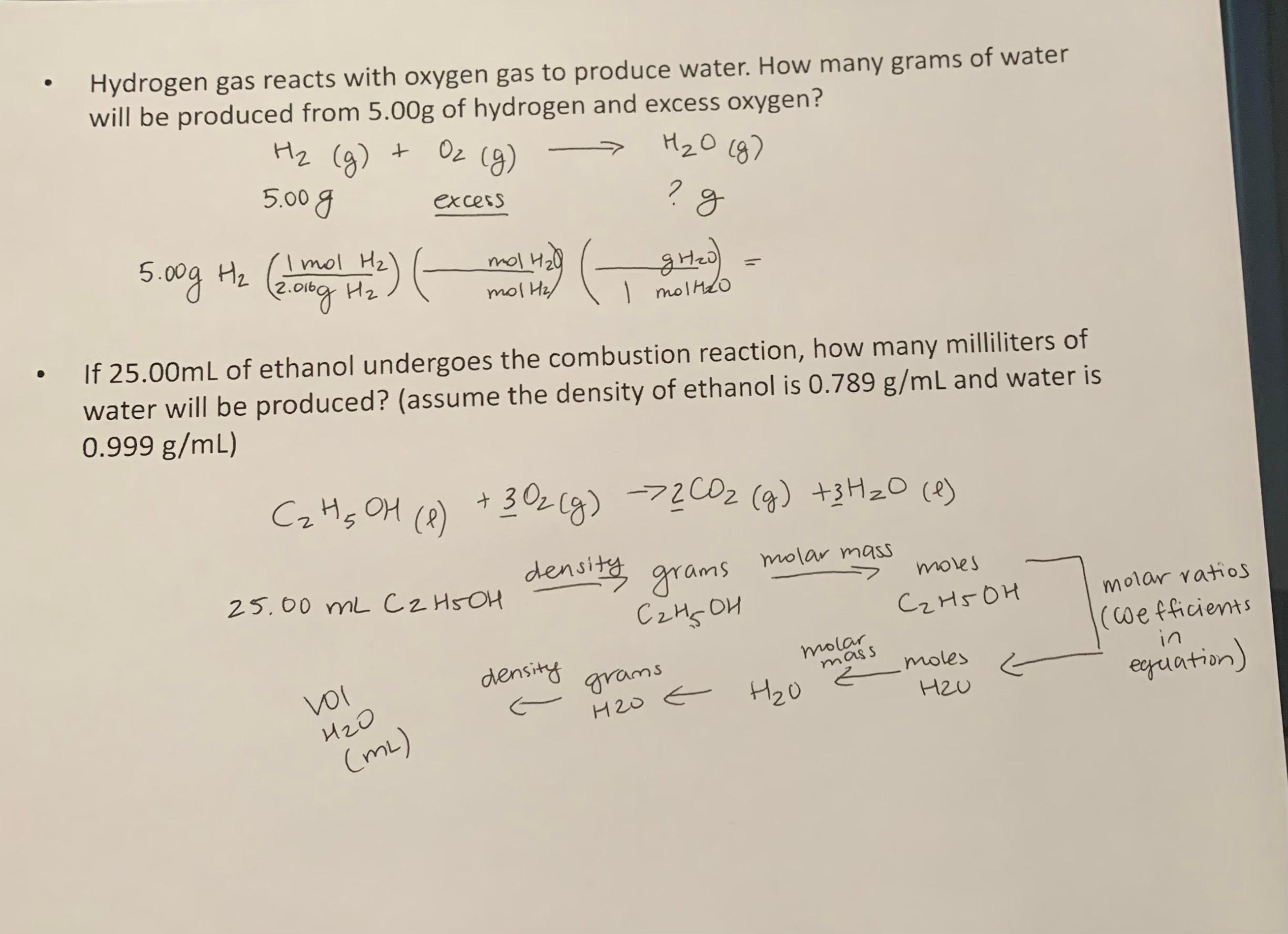Gas Form Of Water
Gas Form Of Water - It is one of the most plentiful and essential of compounds. Exist in either liquid, solid or gaseous form. Web all different forms of water or types of water such as tap water, mineral water, spring water, well water, etc. (ice is the solid state of water.) when water reaches 212° f, it boils. This animation explores water as a solid, liquid and gas. Water vapor is an important component of the earth's atmosphere, playing a critical. The orientation of hydrogen bonds as water changes states dictates the properties of water in its gaseous, liquid, and solid forms. This is the form of water with which we are most familiar. Indeed, the versatility of water as a. When it begins to boil, some of the water turns into steam.
This is the form of water with which we are most familiar. When it begins to boil, some of the water turns into steam. We use liquid water in many ways, including washing and drinking. A tasteless and odourless liquid at room temperature, it has the important ability to dissolve many other substances. Indeed, the versatility of water as a. This animation explores water as a solid, liquid and gas. Web key points as water is boiled, kinetic energy causes the hydrogen bonds to break completely and allows water molecules to escape into the air as gas (steam or water vapor). When you boil water, the water changes from a liquid to a gas or water vapor. Mix the two gases together, add a spark or sufficient heat to provide the activation energy to start the reaction, and presto—instant water. Web in theory, it's easy to make water from hydrogen gas and oxygen gas.
We use liquid water in many ways, including washing and drinking. Water cycle the water cycle clearly explains the relationship between all three forms of water and the continuous movement of water on earth and its atmosphere. Water vapor is an important component of the earth's atmosphere, playing a critical. The gas form of water is called water vapor, which is a naturally occurring gaseous form of water that is formed when liquid water evaporates or when ice sublimates directly into the atmosphere. The reaction between steam and hydrocarbons produces synthesis gas. Explain the biological significance of ice’s ability to float on water. Web water gas is a combustion fuel containing carbon monoxide (co) and hydrogen gas (h 2 ). When it begins to boil, some of the water turns into steam. Web answer (1 of 10): Mix the two gases together, add a spark or sufficient heat to provide the activation energy to start the reaction, and presto—instant water.
Solved Green plants use light from the Sun to drive
The gas form of water is called water vapor, which is a naturally occurring gaseous form of water that is formed when liquid water evaporates or when ice sublimates directly into the atmosphere. The water molecules stay the same, but they behave differently as they change from one form to another. Mix the two gases together, add a spark or.
maxresdefault.jpg
Web liquid water is wet and fluid. When you boil water, the water changes from a liquid to a gas or water vapor. Exist in either liquid, solid or gaseous form. When water freezes, water molecules form a crystalline structure maintained by hydrogen bonding. Web key points as water is boiled, kinetic energy causes the hydrogen bonds to break completely.
Definition and Examples of Gas in Chemistry
Web liquid water is wet and fluid. Exist in either liquid, solid or gaseous form. Water gas is made by passing steam over heated hydrocarbons. Web answer (1 of 10): The water molecules stay the same, but they behave differently as they change from one form to another.
How to Calculate Molar Heat of Vaporization Sciencing
Water cycle the water cycle clearly explains the relationship between all three forms of water and the continuous movement of water on earth and its atmosphere. Web key points as water is boiled, kinetic energy causes the hydrogen bonds to break completely and allows water molecules to escape into the air as gas (steam or water vapor). This animation explores.
Solid Liquid Gas Vector Art, Icons, and Graphics for Free Download
The reaction between steam and hydrocarbons produces synthesis gas. Web in theory, it's easy to make water from hydrogen gas and oxygen gas. A tasteless and odourless liquid at room temperature, it has the important ability to dissolve many other substances. When you boil water, the water changes from a liquid to a gas or water vapor. Web water, a.
Methane gas and oxygen gas react to form water vapor and carbon dioxide
When water freezes, water molecules form a crystalline structure maintained by hydrogen bonding. Exist in either liquid, solid or gaseous form. Web all different forms of water or types of water such as tap water, mineral water, spring water, well water, etc. When it begins to boil, some of the water turns into steam. This is the form of water.
Wonderful water
We use liquid water in many ways, including washing and drinking. It is one of the most plentiful and essential of compounds. The water molecules stay the same, but they behave differently as they change from one form to another. The reaction between steam and hydrocarbons produces synthesis gas. Indeed, the versatility of water as a.
Solid liquidgas 9wi
Web liquid water is wet and fluid. We use liquid water in many ways, including washing and drinking. Mix the two gases together, add a spark or sufficient heat to provide the activation energy to start the reaction, and presto—instant water. The reaction between steam and hydrocarbons produces synthesis gas. The water molecules stay the same, but they behave differently.
Water Forms and States Create WebQuest
Water cycle the water cycle clearly explains the relationship between all three forms of water and the continuous movement of water on earth and its atmosphere. The water molecules stay the same, but they behave differently as they change from one form to another. Mix the two gases together, add a spark or sufficient heat to provide the activation energy.
Solved Hydrogen gas reacts with oxygen gas to produce water.
When water freezes, water molecules form a crystalline structure maintained by hydrogen bonding. Solid water, or ice, is less dense than liquid water. Explain the biological significance of ice’s ability to float on water. Merely mixing the two gases at room temperature, however, won't do anything, like hydrogen and oxygen molecules in the air don't. We use liquid water in.
Water Gas Is Made By Passing Steam Over Heated Hydrocarbons.
Exist in either liquid, solid or gaseous form. Solid water, or ice, is less dense than liquid water. Web water, a substance composed of the chemical elements hydrogen and oxygen and existing in gaseous, liquid, and solid states. We use liquid water in many ways, including washing and drinking.
This Is The Form Of Water With Which We Are Most Familiar.
Water cycle the water cycle clearly explains the relationship between all three forms of water and the continuous movement of water on earth and its atmosphere. Web water gas is a combustion fuel containing carbon monoxide (co) and hydrogen gas (h 2 ). When you boil water, the water changes from a liquid to a gas or water vapor. Web answer (1 of 10):
(Ice Is The Solid State Of Water.) When Water Reaches 212° F, It Boils.
Water vapor is an important component of the earth's atmosphere, playing a critical. Merely mixing the two gases at room temperature, however, won't do anything, like hydrogen and oxygen molecules in the air don't. Indeed, the versatility of water as a. When it begins to boil, some of the water turns into steam.
Web Key Points As Water Is Boiled, Kinetic Energy Causes The Hydrogen Bonds To Break Completely And Allows Water Molecules To Escape Into The Air As Gas (Steam Or Water Vapor).
Web in theory, it's easy to make water from hydrogen gas and oxygen gas. Explain the biological significance of ice’s ability to float on water. A tasteless and odourless liquid at room temperature, it has the important ability to dissolve many other substances. The orientation of hydrogen bonds as water changes states dictates the properties of water in its gaseous, liquid, and solid forms.


:max_bytes(150000):strip_icc()/steam-rising-from-lake-a0146-000340-58ab34533df78c345b01677e.jpg)






